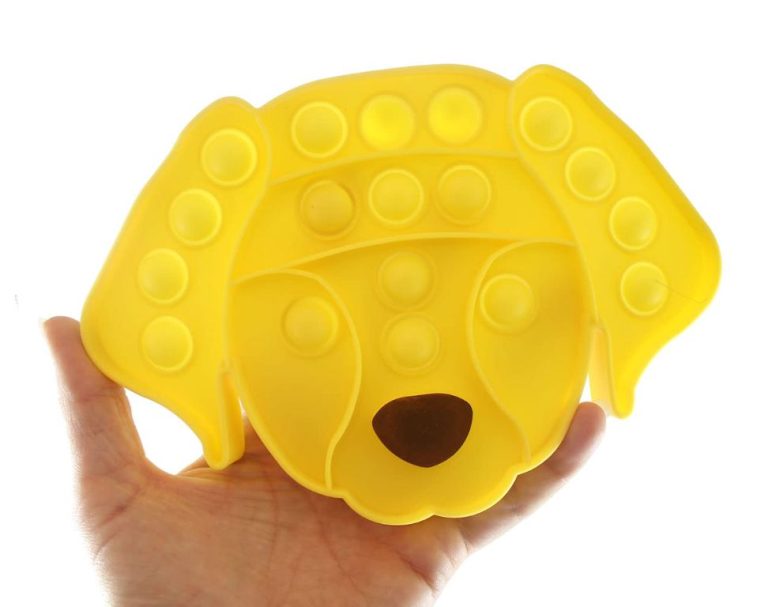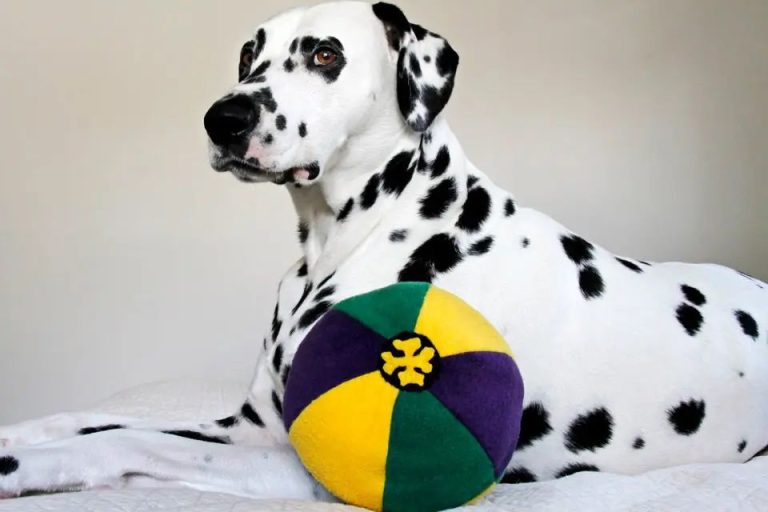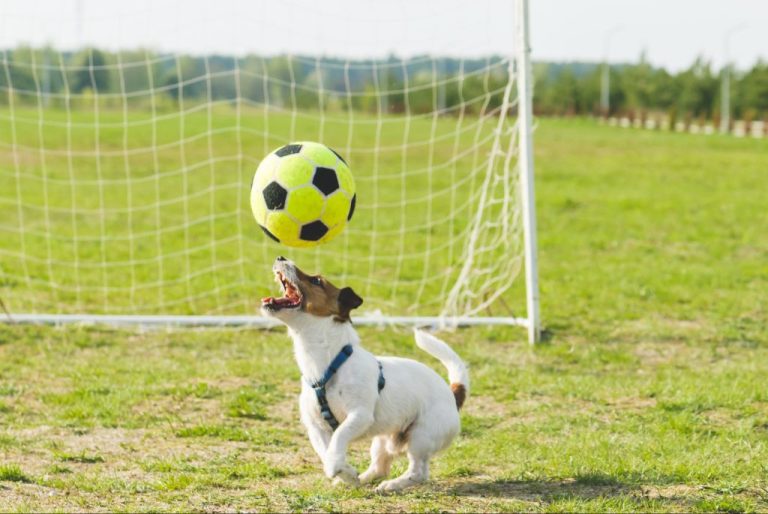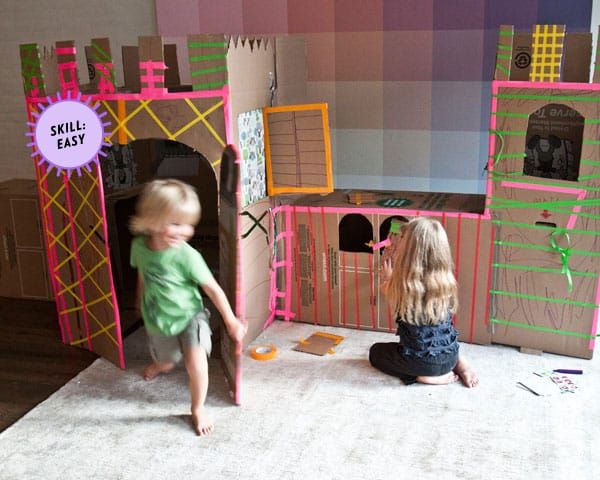Canine Yoga: Bonding Through Relaxation
Canine yoga, commonly referred to as “doga”, is a type of yoga that owners and their dogs can do together for bonding, exercise, and strengthening. Doga blends elements of human yoga with stretches and positions that are natural for a dog’s body. It involves gently guiding your dog through a series of stretches, poses, and massage techniques designed to improve their flexibility, balance, range of motion, and muscle tone. Practicing doga provides benefits for both the owner and the dog.
For dogs, doga activities and poses help improve physical health by increasing blood flow, stretching muscles and joints, and stimulating acupuncture points. Regular doga sessions can also have calming effects and help relieve stress and anxiety in dogs. Additionally, practicing doga strengthens the bond between owner and pet through the shared experience of exercise, massage, and play.
For the owner, doga offers the chance to get moving with your pet, improve your own flexibility, and relieve stress. It’s also an excellent form of quality bonding time with your furry friend.
This article will provide an overview of the origins of doga, the physical and mental benefits for dogs, basic doga poses to try, safety tips, and ways to make doga fun for both owner and pet.
The Origins of Doga
The practice of doing yoga with dogs, commonly known as “Doga,” has ancient roots but has only recently gained widespread popularity. According to Encyclopedia Britannica, dogs and humans have been companions for over 14,000 years. Ancient depictions from civilizations like Rome, Greece, and Egypt often show dogs assisting their human counterparts in daily activities. This close bond between species likely led to the earliest incarnations of doga. There is evidence that yoga masters in ancient India incorporated dogs into their practice as far back as the 8th century BCE.
However, doga did not gain mainstream attention until the past couple decades. In the early 2000s, American yogi Suzi Teitelman began teaching doga classes in New York after observing the deep connection between dogs and their guardians during her regular yoga classes. Teitelman trademarked the term “Doga” and went on to certify over a hundred doga instructors worldwide through her company Doga Dog Yoga. The practice gained further visibility through coverage in major media outlets like The New York Times, NBC, and Animal Planet. Today, doga classes can be found in most major cities across the US and Europe. The practice continues to increase in popularity as more people discover the physical, mental, and emotional benefits of doing yoga with their furry companions.
The Benefits of Canine Yoga
Canine yoga provides many benefits for both dogs and their humans. Physically, yoga poses can improve a dog’s flexibility, balance, and coordination. Stretching activates muscles, increases joint mobility, and enhances circulation. This helps reduce the risk of injury and inflammation and aids in respiration and digestion (1). Some postures also help strengthen core muscles and improve posture over time. Mentally, performing the focused movements requires concentration. This can stimulate a dog’s mind and provide mental exercise (2). Additionally, the calming nature of deep breathing and stretching encourages relaxation, which may help anxious or high-energy dogs feel more settled. The shared experience of yoga also strengthens the bond between dog and human. Moving in sync, practicing patience, and giving gentle massages promotes trust, compassion, and overall wellbeing for both parties.
Sources:
(1) https://www.gaiam.com/blogs/discover/5-benefits-of-doga-for-you-and-your-dog
(2) https://www.hillspet.com/dog-care/play-exercise/what-is-dog-yoga
Basic Canine Yoga Poses
Yoga is a great way to strengthen the bond with your dog while also providing physical and mental benefits. Some basic yoga poses to practice with your furry friend include:
Downward Facing Dog – This classic yoga pose doubles as a natural stretch for dogs. Have your dog assume the play bow position with front legs extended and hips raised, then gently press on their hindquarters to straighten their legs into the downward dog shape. Hold for a few breaths. Strengthens legs and core. (Source: https://chopra.com/blogs/yoga/pawsitive-reinforcement-7-yoga-poses-inspired-by-your-pup)
Upward Facing Dog – From a lying down position, have your dog lift their chest up into a slight backbend by placing a treat overhead. Keep their hips grounded for the upward dog shape. Builds shoulder strength. (Source: https://chopra.com/blogs/yoga/pawsitive-reinforcement-7-yoga-poses-inspired-by-your-pup)
Child’s Pose – Have your dog sit back on their haunches with front legs extended forward along the ground. Stretches hips, thighs and ankles. (Source: https://liforme.com/blogs/blog/7-yoga-down-dog-variations)
Start with just a few basic poses and remember to go at your dog’s pace, giving praise and treats for participation. Over time you can build up to more challenging postures for a full doga session!
Tips for Practicing Doga
When starting a doga practice, it’s important to keep things simple and go at your dog’s pace. Here are some tips for a successful doga session:
- Let your dog take the lead. Pay attention to their cues to see if they’re enjoying the poses or need a break. Don’t force them into positions they resist.
- Use positive reinforcement. Give treats, praise, or pets as rewards when they cooperate with a pose. This will help make it a positive experience.
- Keep sessions short, especially at first. Start with just 5-10 minutes and gradually build up time as your dog gets accustomed to the practice.
Taking it slow allows you to gauge your dog’s comfort level. Look for signs of stress like panting, restlessness, or trying to get away. If your dog seems anxious, end the session for the day. With patience and persistence, you’ll discover activities you both enjoy.
Sources:
https://rawbistro.com/blogs/raw-bistro/doga-yoga-for-dogs
Modifications for Different Dogs
When practicing doga, it’s important to tailor the poses and routine to your dog’s needs and abilities. The same poses and flows may need to be modified for puppies, senior dogs, small breeds, or large breeds. Here are some tips:
For puppies, keep doga sessions gentle and under 5 minutes. Focus on simple stretches like downward dog, cow pose, and easy seated postures. Avoid putting too much pressure on growing joints. Go at your puppy’s pace and keep things fun with treats and toys as rewards.
For senior dogs, avoid overstretching and poses that require jumping. Focus on simple seated stretches, gentle twists, and chest openers. Keep sessions short and provide ample warm up/cool down time. Monitor for signs of discomfort. Work at an easy, relaxed pace suited for your senior pup.
Small dogs may need support staying balanced in certain upright poses. Provide a bolster or rolled blanket for assistance. Skip poses requiring extensive stretching and pressure on the back. Opt for gentler seated twists, hip openers, and chest expansions instead.
For large dogs, emphasize grounding poses like child’s pose rather than extensive lifting or standing postures, which can strain the back. Support the body during backbends and provide stability with a wall or your own body. Do longer holds in poses to allow deeper stretching for bigger bodies.
The most important thing is tuning into your dog’s needs each day. Adapt any pose to make it work for your unique pup!
Equipment for Canine Yoga
Having the proper equipment can enhance your doga practice and make poses safer and more comfortable for you and your dog. Here are some of the basic items you may want to have on hand:
Mats – Yoga mats provide traction and cushioning for you and your dog during poses. Look for a non-slip, durable mat that can stand up to dog nails. You can use separate mats or a double-wide mat made for partner yoga.
Harnesses – Rather than posing with a collar, a harness evenly distributes pressure for more comfort. Make sure to choose one sized properly for your dog. Adjustable options allow you to find the right fit.
Treats – Giving treats encourages your dog to hold poses and enables you to use positive reinforcement during doga. Opt for small, soft treats easy for your dog to eat while posed up.
Blankets – Provide a soft surface for your dog to lay on. This is especially useful for older dogs or those with joint issues. Fold blankets to pad knees or elbows during floor poses.
Toys – Incorporate squeaky toys or rope toys into playful posing to keep your dog engaged. You can also use them as props, like placing a toy under their paw to stretch the legs.
Leash – Keeping a lightweight leash nearby allows you to gently guide your dog into positions. Always keep safety in mind when posing leashed.
Eye pillows – These padded eye masks block out light to help dogs relax during Savasana. Make sure they are canine-safe and not too restrictive.
Bandanas – Tie a bandana loosely around your dog’s neck or paws during poses. This adds gentle pressure that is calming.
Spray bottle – A light mist of water can keep your dog cool during an active doga session. Make sure not to startle your dog when spraying.
Treat pouch – Wearing a treat pouch allows you to reward your dog quickly during doga. Fill it with your dog’s favorite healthy treats. https://www.doga.es/
Safety Precautions
When practicing doga, it’s important to keep safety in mind for both you and your dog. Here are some key precautions to follow:
Don’t overextend or push your dog too far into any poses. Let your dog move at their own pace and don’t force any positions. Watch for signs of distress or discomfort such as whining, panting, or trying to move away.
Avoid poses that require your dog to balance on only two legs for more than a few seconds, as this can put too much strain on their joints. Dog’s bodies are different than humans and they may not have the muscular strength to hold challenging balancing postures.
Make sure your dog has good traction on the floor and purchase a non-slip yoga mat designed for dogs if practicing indoors. Hardwood floors can be slippery.
Never leave your dog unattended during yoga sessions. Stay alert to any potential safety issues that could arise.
Allow your dog to take breaks whenever needed. Give them time to reposition themselves comfortably.
Consult your veterinarian before starting a doga routine, especially if your dog is elderly, injured, or has mobility issues.
Watch for overheating and make sure your dog stays hydrated. Avoid strenuous sessions in very hot or humid weather.
Work at your dog’s pace and keep sessions light and fun. Don’t make doga feel like a chore for your pet.
Fun Partner Poses
One of the best parts of canine yoga is getting to bond with your dog through fun partner poses. Here are some of the top poses to try with your pup:
Warrior III: To do this balancing pose together, have your dog sit in front of you as you raise one leg straight back behind you, hinging at the hips and extending your arms out in front of you. Your dog can either sit calmly watching you or try to mimic your stance by raising one paw.
Boat Pose: Sit facing your dog and bring your knees up, balancing on your sit bones. Have your dog do the same by getting them to sit up and hold their paws up. Hold this core-strengthening posture together as you gaze into each other’s eyes.
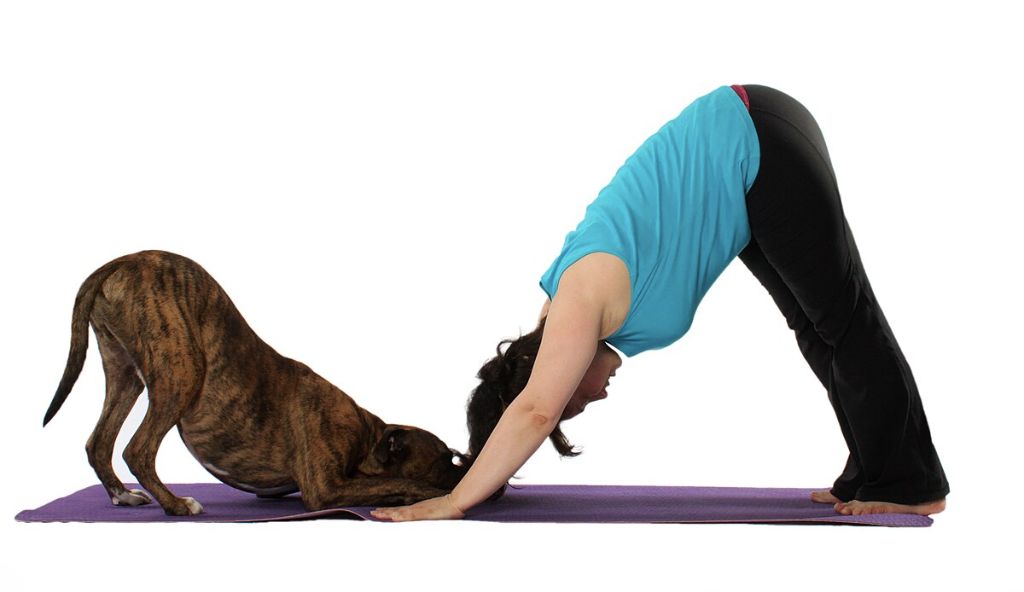
Downward Dog Duos: Come into a downward facing dog together, with your dog in a play bow. Hold the pose, letting your dog move around and enjoy the stretch. For an added challenge, try reaching one arm under your dog and switching sides halfway through. As shown in this example: Downward Dog Partner Pose
Get creative and have fun bonding with your pup through partner poses! Always make sure to be gentle and modify poses based on your dog’s needs.
Final Tips and Takeaways
To recap some of the key benefits of canine yoga, this practice can help improve your dog’s flexibility, balance, mindfulness, and bonding with their human partner.
It’s a great way to get some extra activity for both you and your furry friend. Yoga with your dog encourages patience, compassion, and teamwork.
If you want to continue exploring doga, check out resources like the book Doga: Yoga for You and Your Dog by Mahny Djahanguiri or Yoga Dogs Deck & Book Set by Alison Denicola.
Remember to start slow, keep sessions short and engaging, and above all have fun bonding with your dog through this heart-warming practice.

